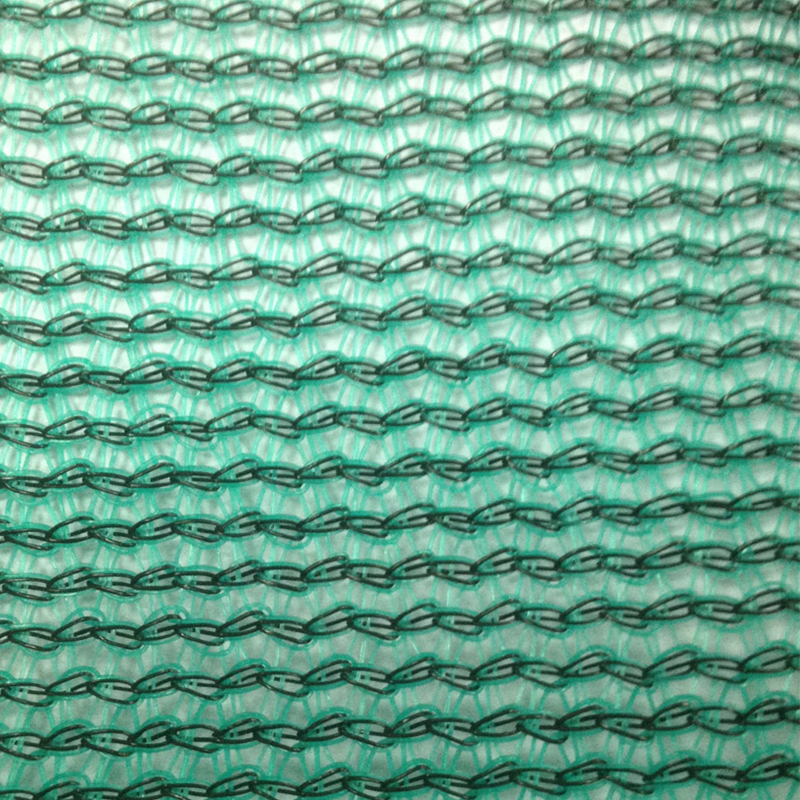
Scaffolding net, also known as debris netting or debris containment netting, is a type of netting used in construction or renovation projects to cover scaffolding structures. The primary purpose of scaffolding netting is to provide a barrier that prevents debris, loose materials, or objects from falling outside the scaffold structure. It helps to maintain a safe working environment by reducing the risk of accidents or injuries caused by falling debris.
Scaffolding netting is typically made from high-density polyethylene (HDPE) or polypropylene (PP) materials, which are durable, lightweight, and resistant to weathering. The netting is woven or knitted to provide strength and ensure it can withstand the rigors of construction sites.
In addition to debris containment, scaffolding netting can also serve other purposes such as providing shade, enhancing privacy, or acting as a windbreak. It can be installed vertically or horizontally, depending on the specific requirements of the project.
When choosing scaffolding netting, it is important to consider factors such as the netting's strength, UV resistance, fire resistance, and size. It is crucial to follow safety regulations and guidelines when installing and using scaffolding netting to ensure proper protection for workers and the public.
Please note that local regulations and requirements may vary, so it is essential to consult with professionals or relevant authorities to ensure compliance with specific safety standards in your area.
Scaffolding netting has several other uses beyond its primary purpose of debris containment in construction projects. Here are some additional uses of scaffolding netting:
1. Safety: Scaffolding netting can be used as a safety barrier or guardrail system, especially in areas where working at heights is required. It helps prevent falls and provides a protective barrier for workers.
2. Wind and dust control: Scaffolding netting can act as a windbreak, reducing the impact of strong winds on the construction site. It can also help control dust particles, preventing them from dispersing into the surrounding environment.
3. Privacy: Scaffolding netting can be utilized to provide privacy and restrict the view from the outside. This can be useful in construction projects that involve sensitive or confidential work.
4. Visual barrier: Scaffolding netting can be used to create a visual barrier, shielding the scaffolding structure from the view of passersby or neighboring properties.
5. Containment of small debris: Apart from larger debris, scaffolding netting can effectively contain smaller debris such as dust, wood chips, or paint chips, preventing them from falling outside the scaffold structure.
6. Bird control: Scaffolding netting can deter birds from roosting or nesting on the scaffolding structure, helping to protect the site from bird droppings and potential damage.
7. Advertising and signage: Scaffolding netting can be customized with company logos, advertisements, or project information, effectively turning the scaffolding structure into a marketing or informational tool.
It's important to note that when using scaffolding netting for any purpose, it should be installed and maintained properly to ensure effectiveness and safety.


 英语
英语 西班牙语
西班牙语













